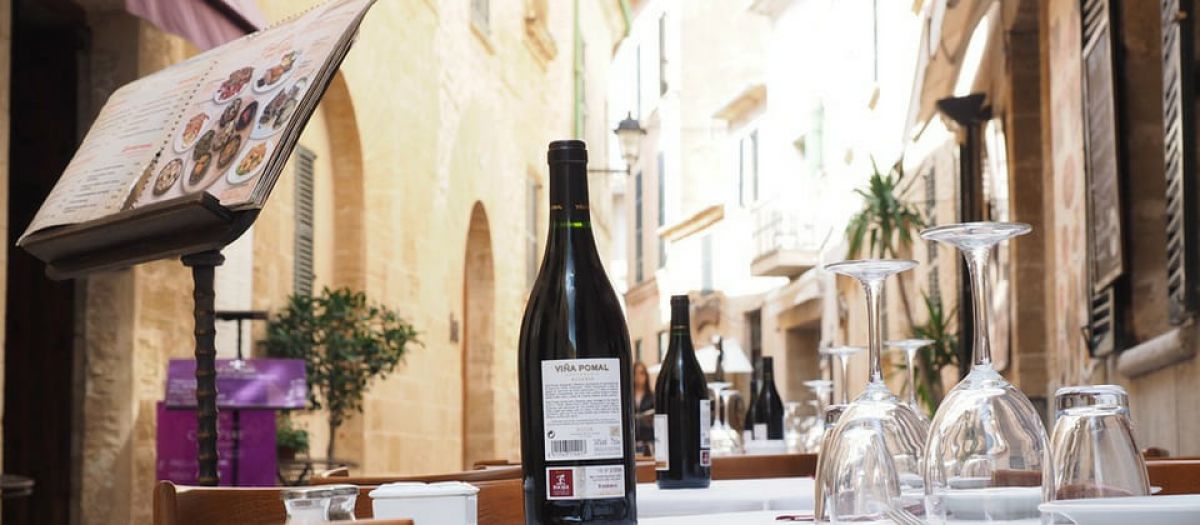Warehouse
Deadline
July 10, 2026
Judging
Date
July 27, 2026
Winners
Announced
August 12, 2026

As a restaurant owner or chef, you have the potential to create something special with your wine list. Instead of just offering the same wines that all of your competitors are offering, you can create what is known as a mission-driven wine list. In other words, you can let the wine list reflect your own personality and what you truly value about the world of wine.
If you are located in a region like California or Washington State with a great winemaking tradition, one easy way to create a mission-driven wine list is to embrace local producers and winemakers. Who are the emerging vintners? Who is making creative wines in your local area?
Going “local” makes particular sense if the main food menu of your restaurant also celebrates local producers and local food sources. Just as consumers want to know where their food is coming from, they also want to know where their wine is coming from. In fact, they will be much more likely to order a wine of your wine list if they recognize a local winery or regional winemaker.
When searching out new wines to add to your wine list, keep in mind a general theme or narrative that you would like to tell about these wines. In other words, think about conversations that you can have about wine with your customers. For example, if you are a fan of natural, biodynamic wines, then do everything in your power to promote those wines on your wine list. If you are a fan of innovative wines, then take particular steps to identify wines that express a particular type of growing style or production style.
You can take this one step further by focusing on the actual producers of the wine. For example, some restaurants seek to promote gender diversity in the winemaking industry, so they promote wines on their wine list that are made by female winemakers. Others seek to promote small-scale production, so they focus on small, independent vintners who are making very distinctive wines.
Most restaurant patrons, if not given a gentle prod, will order the same wines, over and over again. Maybe they’ve fallen in love with Pinot Noir and use every opportunity possible to order the same Pinot Noir every time they visit your establishment. Here’s your chance to offer them something different. For example, instead of suggesting a Pinot Noir from Oregon, why not try suggesting a Pinot Noir from Santa Barbara? Instead of suggesting a Cabernet Sauvignon from Napa, why not try suggesting a Cabernet Sauvignon from the Santa Cruz Mountains? Your goal of adding wines to the wine list should be to make it easy for customers to explore new varietals and new regions, yet not force them to leave their comfort zones.
Some restaurants tweak their wine list daily, constantly coming up with new suggestions to keep things fresh, new and inventive. And you don’t need a huge wine cellar in order to do this. By constantly tweaking things, you will push yourself - not just your customers - to explore new varietals and new food-wine pairings.
When you do this, however, you have to keep in mind the budgets of your customers. Most customers, for example, won’t try an obscure wine varietal if it’s priced at more than $10 per glass. And they probably won’t even order a varietal they recognize if it’s priced over $20 per glass. When it comes to bottles of wine, too, you need to recognize that anything priced over $100 is going to present a tremendous psychological (and probably financial) hurdle to any customer.
Finally, take a moment to think about how well the wines on your wine list match the menu items on your food menu. If your menu items are globally inspired, does your wine list also have a global twist to it? If your menu items are bright, fresh and inventive - are your wines similarly bright, fresh and inventive? Of course, you don’t want to over-think this too much. As a general rule, every wine on your wine list should be able to be paired with several different menu items, so don’t get trapped into thinking that every wine needs to be exotic, obscure or unique.
By following these five general rules above, you can craft a mission-driven wine list. But creating a great wine list is just the beginning - you also have to make sure that your bartenders and floor staff members are just as excited and passionate about these wines as you are! If you have a true mission behind each and every wine on your wine list, though, you’ll be surprised at how easy this is to do.
Grow your wines in the off-premise channels of the USA. The Early Bird submission deadline is February 20, 2026, and the domestic submission deadline is June 30, 2026. Here is how to enter.